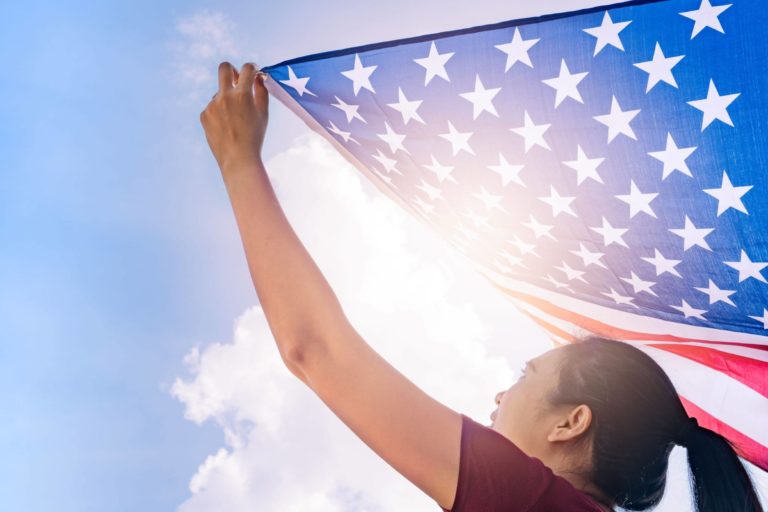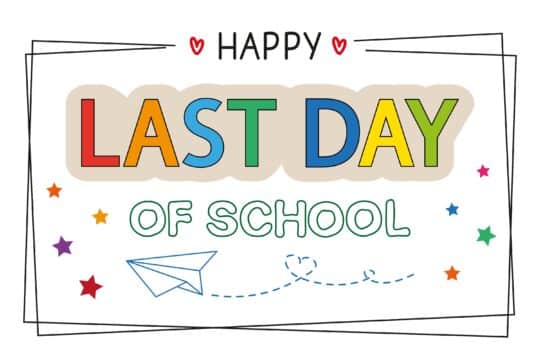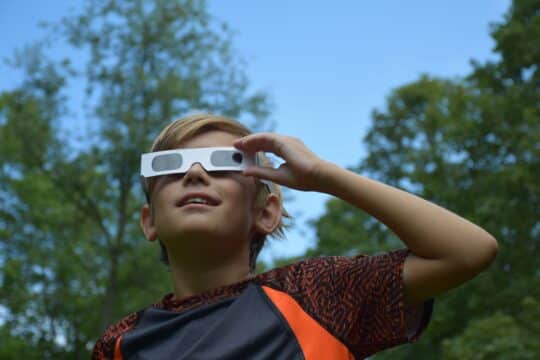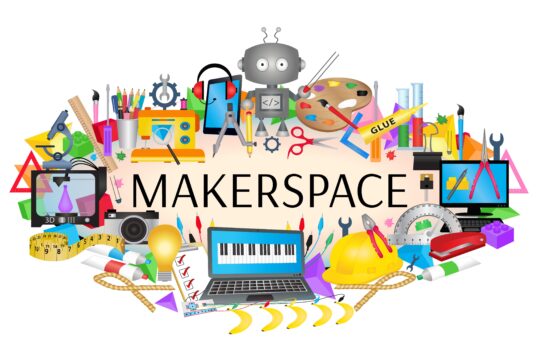It is spring and the unofficial kickoff to summer is just around the corner – Memorial Day! This holiday usually makes us think of cookouts, warm weather, and swimming pools. However, there is so much more to it than that. It is very important, as we are winding down at the end of the school year, that students are taught what Memorial Day is and why it is important to celebrate.
What is Memorial Day?
Memorial Day is an American holiday on which we honor men and women who have served and died in the U.S. military. We observe this holiday on the last Monday in May. This holiday was originally called Decoration Day. It began during the Civil War, in the 1860s, when people would acknowledge those lost in the war. In the spring, a day of remembrance was chosen and people would decorate the graves of fallen soldiers with wreaths, flowers, etc. It officially became a federal holiday in 1971.
Although it may be difficult for younger students to understand, it is important that we start teaching the meaning and reason for Memorial Day, as well as other American holidays, very early. The weeks leading up to Memorial Day in May are the perfect time to begin teaching students of all ages about the military, war, and freedom. Students need the opportunity to understand the sacrifices that so many men and women in our country have made in order for us to have the freedoms that we enjoy. So choose some activities, and adjust to your grade level, to begin this important and patriotic process.
Memorial Day Activities
- Read-aloud – As with most units, I like to begin with a book or a story to hook my students. You can find a good story about Memorial Day for any age group. Since I work with younger students, I start this unit with H is for Honor: A Military Family Alphabet by Devin Scillian. Yes, this is technically an ABC book, but don’t let that discourage you if you work with older students. There are some very complex explanations and vocabulary in this book (that I sometimes leave out when reading to younger students). I think this book works with students all the way through middle school. It helps students get a glimpse into what military life is like for families and the sacrifices they make. There many other great books to choose from like The Wall by Eve Bunting and America’s White Table by Margot Theis Raven.
- Writing – Use that read-aloud as a springboard for having students write letters of gratitude to veterans or those currently serving in the armed forces. This is a great way for them to make a personal connection. It makes it real for them and not just another story in a book.
- Sharing – In the week or weeks leading up to Memorial Day, send a note or an email asking parents to send any information that they would like to share about people in their family who may have lost their life in a war or some that have served alongside some service men or women that were lost. You can open this up to other classes or other teachers in the building. People can send in stories or pictures. Some may even be willing to come in and speak. Either way, it another great way to help students make a personal connection, and they may even learn more about their own family in the process.
- The Flag and Other Symbols – Memorial Day is also the perfect opportunity for students to learn about the American Flag. Yes, they grow up seeing the flag often, and they learn to say The Pledge of Allegiance. This doesn’t mean that they know what any of that means. I like to teach students about the stars and the stripes and what they represent. I also want students to learn and understand how to show respect for the flag. Students can use construction paper to make their own American flag. I also like to walk my students through each part of The Pledge of Allegiance to make sure they understand what every part means. This is also a time when I would discuss other American symbols and their meanings, like the Statue of Liberty, the bald eagle, The Liberty Bell, The Washington Monument, etc.
- Patriotic Songs – “The Star-Spangled Banner”, “America the Beautiful”, “God Bless America”, and “The Marine’s Hymn” are just a few examples of patriotic songs that you can teach your students around Memorial Day. Discuss the origin and meaning of each song. They can perform these for a Memorial Day celebration later on.
- Celebrate – Last but not least, celebrate! It is important that you help students understand the solemnity of Memorial Day because of all the lives that have been lost for our country and freedom. There is definitely sadness to talk about and deal with. However, it is also important that students learn that Memorial Day is a day to celebrate the freedom that we have because of the price that those men and women paid.
A celebration of Memorial Day near the end of the school year would be a great opportunity for parent involvement. Perhaps have a picnic, share the pictures and stories that families have sent it, have a guest speaker, let students perform the patriotic songs, and share presentations about American symbols. Although Memorial Day is a heavy topic encompassing some very complex issues, it can be approached in a way that is appropriate for any age group and can serve as a great foundation for learning about other American holidays.
Remote and Virtual Memorial Activities
This Memorial Day help students virtually honor the sacrifices of those who lost their lives securing our freedom by having them partake in fun, educational activities. Here are a few ways to boost engagement and help inspire students this Memorial Day virtually.
Listen to Veteran Stories
The Military Voices Initiative through Story Corps is a platform for veterans and military families to virtually share their stories. Students can go on the website or download the Story Corps app to listen to a collection of conversations from veterans. Students can also help honor veteran voices by interviewing a veteran and uploading their interview on to the app.
Take a Virtual Tour of the Vietnam Veterans Memorial
Students can learn more about “The Wall” and the memorial by taking a virtual tour of the Vietnam Veterans Memorial on the National Mall in Washington, D.C. The virtual tour includes information about The Wall, the history and design, The Three Serviceman Statue, The Woman’s Memorial, the In Memory Plaque, and the story behind the items that are left on The Wall.
Virtual Volunteerism
Operation Gratitude is an organization that has given millions of Americans the opportunity to express their appreciation for the military through volunteerism. #VirtualVolunteerism is a campaign to support deployed troops and frontline workers of the COVID-19 pandemic. This Memorial Day, challenge students to give back by going online and virtually volunteering for Operation Gratitude. Students can give back right from their own home in one of three ways: sending a handmade item, making a Paracord (survival) bracelet, or writing a letter.
Wear Blue: Run to Remember
This Memorial Day, help students honor the 65,502 service members killed since the beginning of the Vietnam War by registering to run or walk at Wear Blue: Run to Remember. Each registered participant will be matched with the name of a fallen service member. All students have to do is wear blue and commit to run or walk a “meaningful number of miles” this Memorial Day. This is a great way for students to become a living memorial to ensure the veterans’ sacrifices are not forgotten.
Hold a Flag Folding Contest
The flag is an important symbol in the United States of America. A custom in the Army and Navy is to carefully fold the flag in a tri-corned hat, which is emblematic of the hats worn by the colonial soldiers during the war for independence. Challenge students to read the instructions on how to fold the flag. Direct students to use a piece of paper, scarf, or handkerchief if they don’t have a flag to use at home. Once students have practiced, hold a virtual flag-folding contest to see who folds the best flag and who can fold the flag the fastest.




